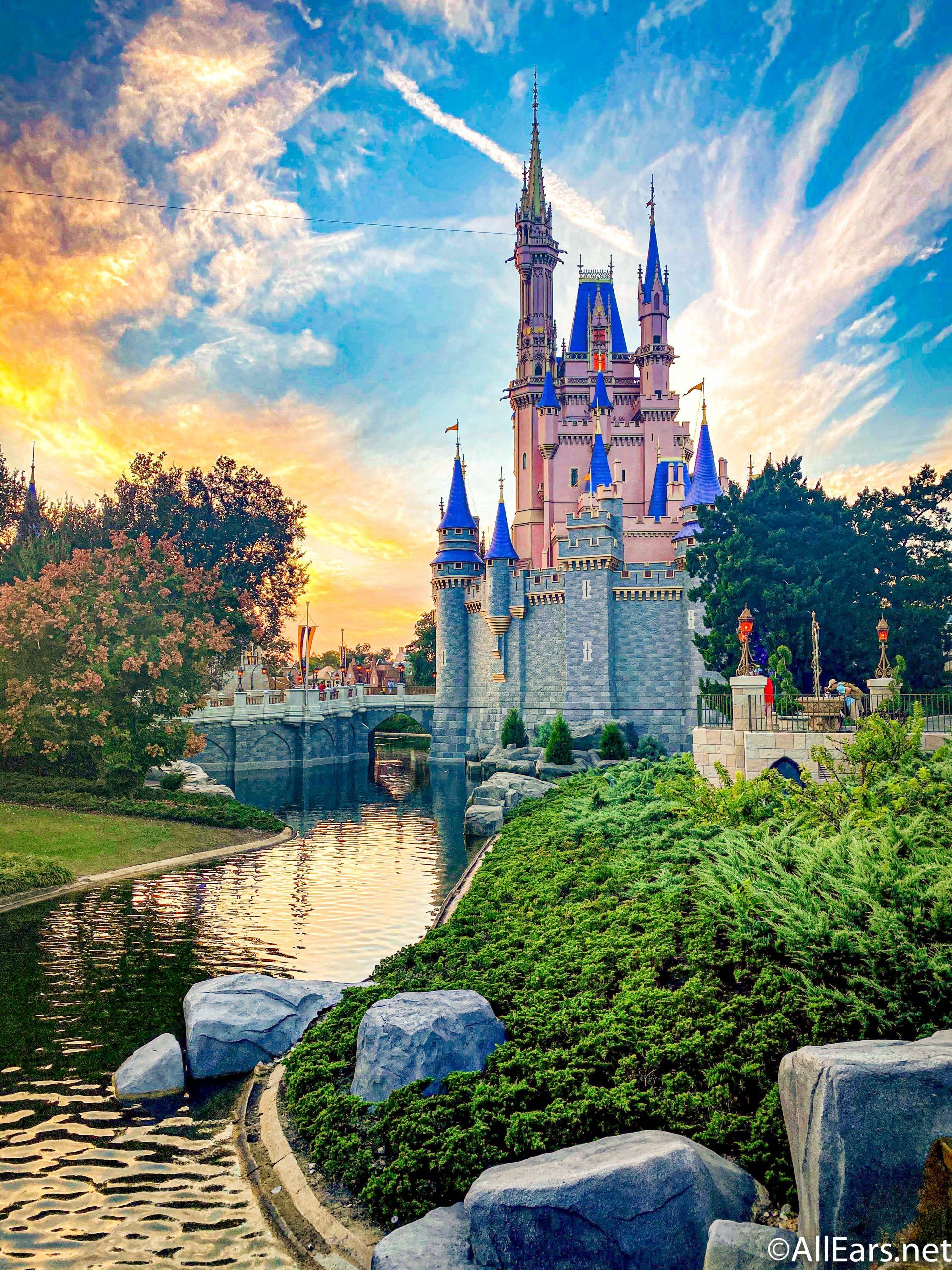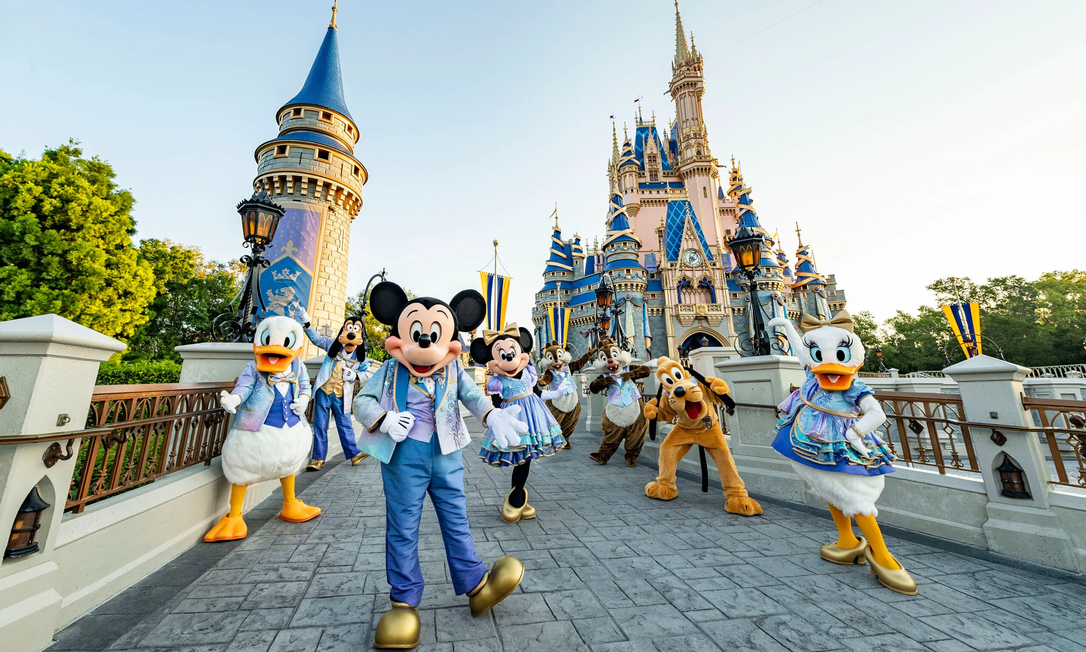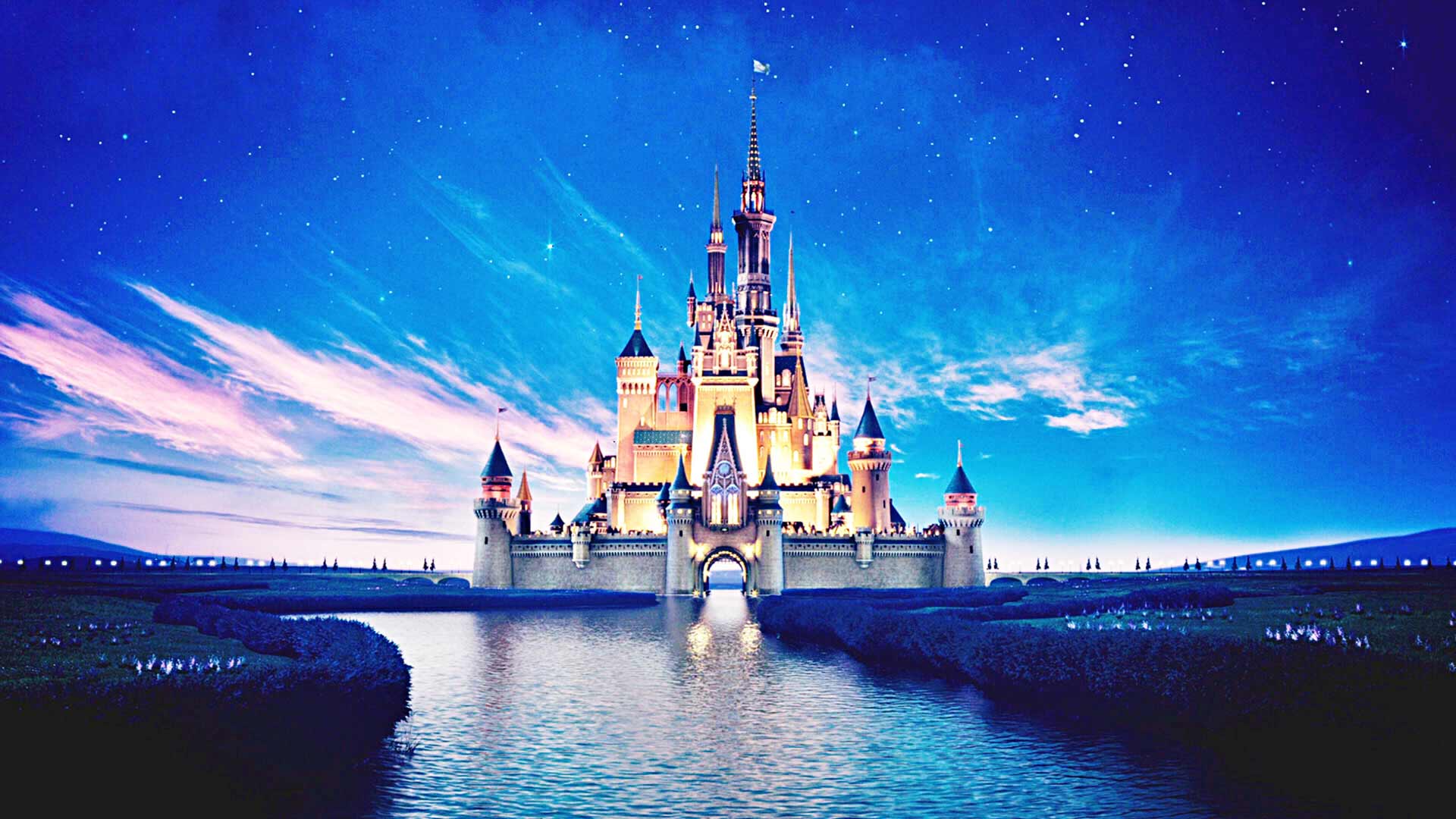Exploring The Disney Princess Body: From Classic Silhouettes To Modern Portrayals
The way Disney princesses look has been a topic of much discussion for a long time, and it's a very interesting subject. For so many people around the world, these characters are among the first animated figures they ever encounter, truly. Their appearance, especially the disney princess body, can shape ideas about what is considered attractive or ideal, so it matters a great deal.
You know, these beloved characters are everywhere, from the official website for all things Disney, where you find theme parks, resorts, movies, and TV programs, to Disney+ which is the streaming home for Disney, Pixar, Marvel, Star Wars, National Geographic, and more. It's almost impossible to grow up without seeing them, and their visual presence is a powerful thing, isn't it?
This article will take a look at how the physical forms of these princesses have changed through the years. We will think about the messages these images send and how they might affect young viewers. It's a discussion that keeps evolving, and we will consider what this means for today's audiences, too.
Table of Contents
- The Classic Disney Princess Body: A Look Back
- Evolving Silhouettes: Changes Over Time
- The Impact of Disney Princess Body Representation
- Beyond the Traditional: Celebrating Different Forms
- Disney's Broader Reach and Character Influence
- FAQs About Disney Princess Body
- Conclusion
The Classic Disney Princess Body: A Look Back
When you think about the earliest Disney princesses, a particular image probably comes to mind, doesn't it? Snow White, Cinderella, and Aurora, for example, really set a standard for what a princess might look like in animated stories. Their forms were often quite stylized, almost ethereal, you know?
Early Animation and Ideals
In the beginning, early animation techniques often led to characters with very slender, almost delicate figures. This was partly a stylistic choice, and partly a reflection of beauty ideals from those specific eras. The focus was often on grace and elegance, which these thin forms were meant to convey, apparently.
These early princesses often had tiny waists and large eyes, creating a look that was quite distinct. It was a visual language meant to show purity and vulnerability, which was a big part of their stories, in a way. This design choice became a kind of blueprint for many years, still.
The "Waistline" Phenomenon
The "waistline" of some classic princesses, particularly Cinderella and Aurora, became quite a talking point over time. It was incredibly small, often appearing smaller than their heads. This was a visual exaggeration, a cartoonish feature, you might say, designed to emphasize a certain kind of feminine shape, so.
This particular design element, while perhaps not meant to be taken literally, did contribute to a very specific idea of what a princess's figure should be. For many years, this was the dominant image of the disney princess body, and it really stuck with people, too.
Evolving Silhouettes: Changes Over Time
As animation techniques improved and societal views began to shift, the appearance of Disney princesses started to change as well. The characters began to show a bit more variety in their physical forms, which was a noticeable shift, really.
The Renaissance Era and New Shapes
The Disney Renaissance era, which brought us characters like Ariel, Belle, Jasmine, and Pocahontas, saw some subtle but important changes. While still quite slender, these princesses often had slightly more realistic proportions compared to their predecessors, perhaps.
Ariel, for instance, had a more athletic look, especially with her mermaid tail, suggesting a more active personality. Belle's design felt a bit more grounded, and Jasmine, too, had a body shape that, while still stylized, felt a little less exaggerated than earlier models, you know? These changes were a step, more or less, in a new direction.
Modern Princesses and Diverse Forms
In recent times, the variety in the disney princess body has become much more apparent. Characters like Tiana, Rapunzel, Merida, Moana, and Raya show a broader range of shapes and builds. Merida, for example, has a stronger, more athletic physique that fits her adventurous spirit, which is great, you know?
Moana's design reflects her Polynesian heritage, with a body that looks capable of navigating the ocean. These newer princesses often have figures that align more closely with their active roles and cultural backgrounds, offering a richer visual tapestry. This trend reflects a growing desire for more relatable and varied representations, too.
The Impact of Disney Princess Body Representation
The way Disney princesses are drawn and presented has a significant impact, especially on young audiences. These characters are often role models, and their visual attributes can influence perceptions of beauty and body image, so it's quite important.
Influence on Young Viewers
For children, seeing characters with very specific body types repeatedly can sometimes create unspoken expectations. If all princesses are incredibly thin, for instance, it might, in a way, suggest that this is the only way to be beautiful or heroic. This is a concern many parents and educators have voiced, naturally.
However, as the range of princess body types grows, it offers a more varied set of visual examples. This helps to show that beauty comes in many forms, which is a much healthier message for young people. It’s about celebrating individuality, and that's a good thing, you know?
Cultural Conversations and Critiques
The discussion around the disney princess body is a big part of wider cultural conversations about media representation. Critics and fans alike have often pointed out the need for more diverse and realistic body shapes in children's media. These conversations have actually played a part in the changes we've seen, too.
Many people feel that animated characters should reflect the diversity of the real world. This means not just different skin tones or hair textures, but also a variety of body shapes and sizes. This ongoing dialogue helps push for more inclusive storytelling, which is really beneficial for everyone, perhaps.
You can learn more about how media influences perceptions by looking at studies on body image and children's media. For instance, research from organizations focused on media literacy often discusses these topics in depth. You can find more information on this subject by exploring resources like the Common Sense Media website, which offers insights into media's impact on young people.
Beyond the Traditional: Celebrating Different Forms
The conversation about the disney princess body isn't just about what Disney itself produces. It also includes how artists and fans imagine these characters in new ways, which is quite inspiring, you know?
Animated Worlds Reflecting Reality
As Disney continues to create new stories, there's a clear trend toward characters with more varied and relatable physical forms. This doesn't mean every character has to be "average," but rather that the spectrum of body types is wider. This helps to show that heroes and heroines come in all shapes, which is a very important lesson, arguably.
This approach helps to build animated worlds that feel more connected to the real experiences of viewers. When children see characters that look a bit more like them, or like the people they know, it can create a stronger sense of connection and belonging, which is wonderful, isn't it?
The Role of Fan Art and Reimagining
Fan art has played a huge part in expanding the visual representation of Disney princesses. Artists around the globe often reimagine these characters with different body types, disabilities, and backgrounds. These creations show a strong desire for more diverse portrayals, too.
This creative outpouring demonstrates how much people want to see themselves and others reflected in beloved characters. It's a powerful way for communities to express their ideas and contribute to the ongoing conversation about representation, and it's quite inspiring to see, actually.
Disney's Broader Reach and Character Influence
It's worth remembering just how widespread Disney's influence is, which makes the discussion about the disney princess body even more significant. The characters are not just in movies; they are part of a massive ecosystem that reaches millions, truly.
Think about it: Disney+ is the streaming home for Disney, Pixar, Marvel, Star Wars, National Geographic, and more, with exclusive originals and timeless classics. This means these characters are easily accessible in homes everywhere, shaping views from a very young age. You can find movies to stream now on Disney+ or Hulu, which expands their reach even further, you know?
The official website for all things Disney covers theme parks, resorts, movies, TV programs, characters, games, videos, music, and shopping. For Walt Disney World dining, you can book reservations online, and MyDisney lets you seamlessly log in to services and experiences across the Walt Disney family of companies, such as Disney+, ESPN, Walt Disney World, and more. This vast network ensures that Disney characters, including the princesses, are a constant presence in popular culture, so.
Whether it's beloved movies and series from Disney, Pixar, Marvel, Star Wars, National Geographic, or even classics like "The Freemaker Adventures," "That's So Raven," "Schoolhouse Rock," "Gravity Falls," or "Marvel's Avengers Assemble," these stories and characters are deeply woven into our collective experience. This broad exposure means that the visual messages conveyed by characters, including their physical forms, have a very wide impact, too.
Sign up for Disney+ and start streaming today to see how these characters are presented across various platforms. The home for your favorite movies and shows from Disney, Pixar, Marvel, Star Wars, and Nat Geo means a constant stream of visual information for audiences of all ages, which is quite something, really. Learn more about Disney's overall presence on our site, and you can also link to this page about specific characters for more information.
FAQs About Disney Princess Body
Here are some common questions people often ask about the disney princess body:
Are Disney princesses realistic?
Generally speaking, the physical forms of Disney princesses, especially the classic ones, are not meant to be realistic representations of human bodies. They are stylized for animation, often with exaggerated features like very small waists or large eyes, which is a pretty common artistic choice in cartoons, you know?
How have Disney princess body types changed over time?
Over the years, Disney princess body types have become more varied. While earlier princesses often had very slender, almost fragile forms, newer characters tend to show a broader range of shapes and builds, often reflecting their active roles or cultural backgrounds. This evolution shows a shift towards more diverse portrayals, too.
What is the impact of Disney princess body image on children?
The impact of Disney princess body image on children is a topic of ongoing discussion. Some studies suggest that highly stylized or unrealistic body types can influence children's perceptions of beauty. However, the increasing diversity in modern princess designs aims to offer more positive and varied role models, which is a good thing, really.
Conclusion
The discussion around the disney princess body is a reflection of wider conversations about representation in media. From the very slender figures of early princesses to the more varied and active forms seen today, these characters continue to evolve. This shift is a response to, and a part of, changing societal views on beauty and what it means to be a hero or heroine, you know?
As Disney's reach continues to be incredibly vast, touching lives through theme parks, movies, and streaming services like Disney+, the visual messages these characters convey are important. Thinking about how these images shape perceptions helps us appreciate the power of storytelling. It encourages us to keep looking for stories that celebrate all kinds of people, which is quite valuable, perhaps.

Disney 2021 Wallpapers - Wallpaper Cave

Magic Dreams

Disney Backgrounds - Wallpaper Cave